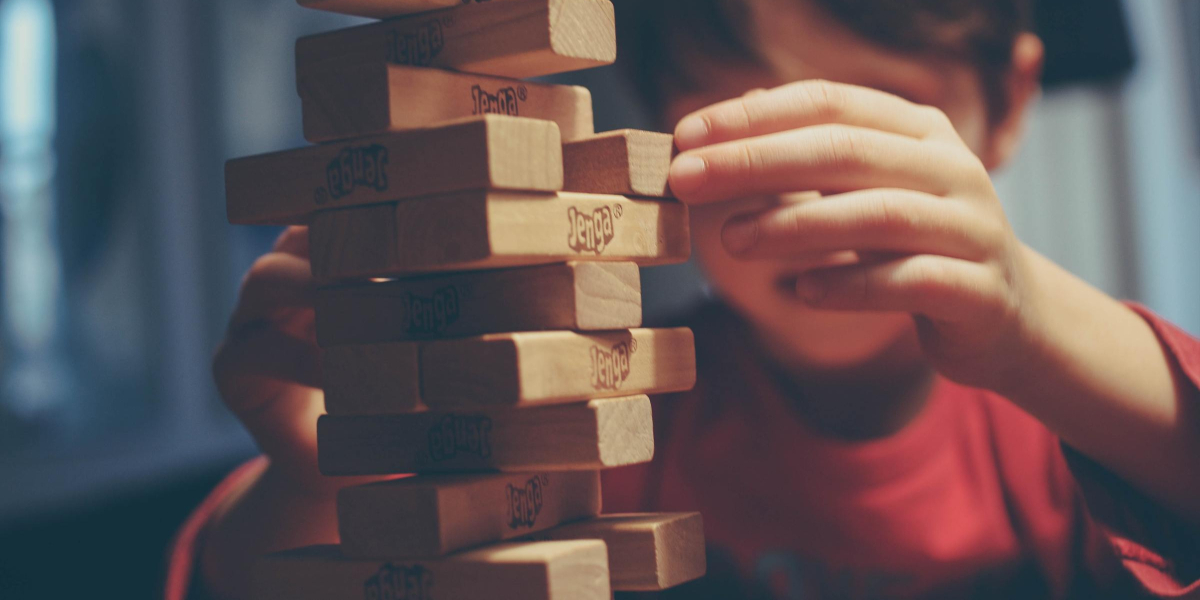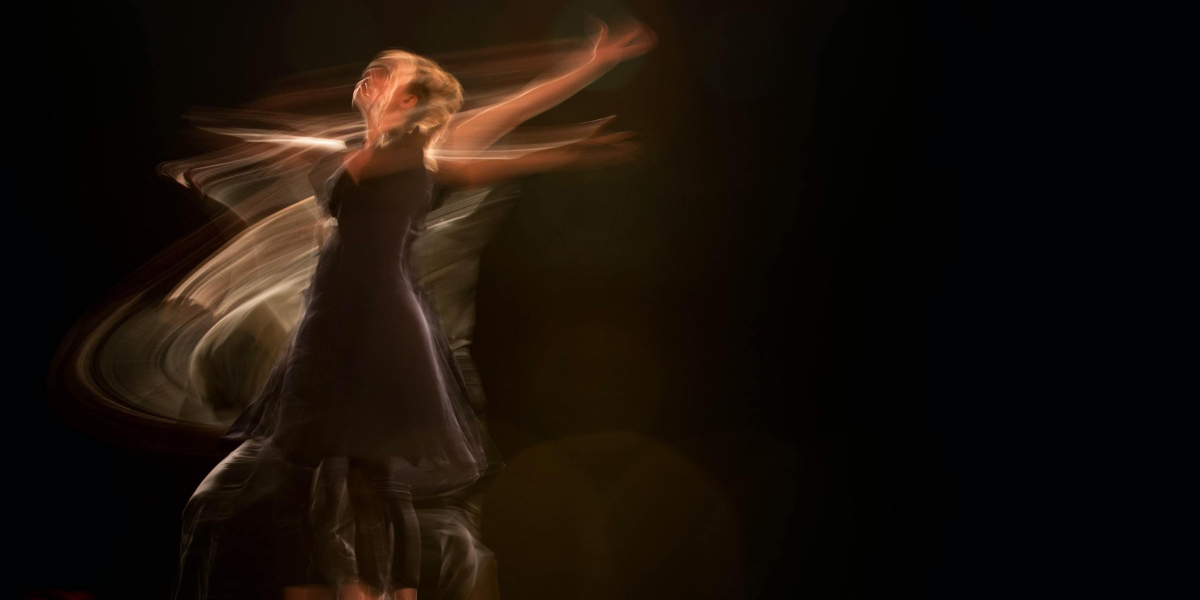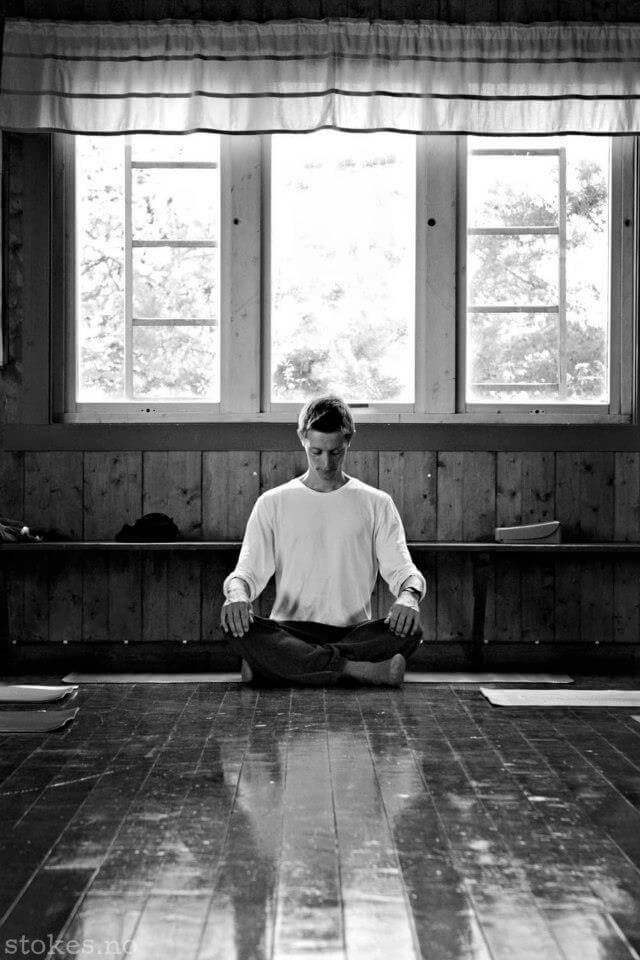
Four forms of concentration
You can use your concentration power in four ways when meditating and in daily life. Each has its own benefits.
…Continue reading Four forms of concentration
You can use your concentration power in four ways when meditating and in daily life. Each has its own benefits.
…Continue reading Four forms of concentration
Motion is lotion. If there ever were an evidence-based miracle pill for health, it would be movement done mindfully.
The body softens. Stability, balance, and coordination improve. The joints are lubricated, while blood and lymph get moving. The mood lightens, and it gets easier to relax.
And that’s just a tiny selection of the wide-ranging effects.
…Continue reading Find your mindful movement (7 recommendations)
Focus on rest is a meditation path where we work with restful states in all of the senses.
This path gives us tools to explore silence around us and silence within us. We cultivate relaxation in the body and peace in the emotions, and the hidden rest that is found in both the outer and inner fields of vision.
…Continue reading Focus on rest: Refresh and release
In this meditation path, you use your attention skills to be mindful of thoughts and emotional feelings.
…Continue reading Focus in: Untangle and be free
Since we know that meditation strengthens the brain and that pain is always created in the brain, one would think that meditation is good for chronic pain. And quite right – meditation has been shown to help through many neurological mechanisms, as described here, here, and here.
…Continue reading Considerations for using mindfulness as pain relief
Noting is a technical concept in meditation teaching, which means that we notice something with an attentive presence.
It is very empowering for the mindfulness training.
…Continue reading Noting practice: A mindfulness multi-tool
In this meditation path, you anchor yourself and merge with external visual impressions, external sound and physical body sensations.
Focusing on the sensory experiences of the outside world creates an experience of being grounded. It calms your mind and gives you more awareness, equanimity and presence in the situation you are in and in life itself.
It is a tangible strategy that pulls you away from the past, future and thoughts and shows you the possibilities of the present moment.
…Continue reading Focus out: Anchor and merge
A micro-practice is a small meditation session – from a few seconds to a few minutes.
This is a way of practicing that does not necessarily need to be combined with formal practice, but which also strengthens a formal practice.
…Continue reading A sprinkle of mindfulness on everyday life
Do nothing is a way to meditate that involves very little and eventually no effort at all.
…Continue reading Nothing and Being: The Do nothing-technique
Meditation on the breath is a central exercise in many traditions. To such an extent that many people think that it is an important part of all meditation. But that’s not how we normally teach it to beginners in Unified Mindfulness.
There are several reasons for this.
…Continue reading Meditation on the breath is an intermediate practice